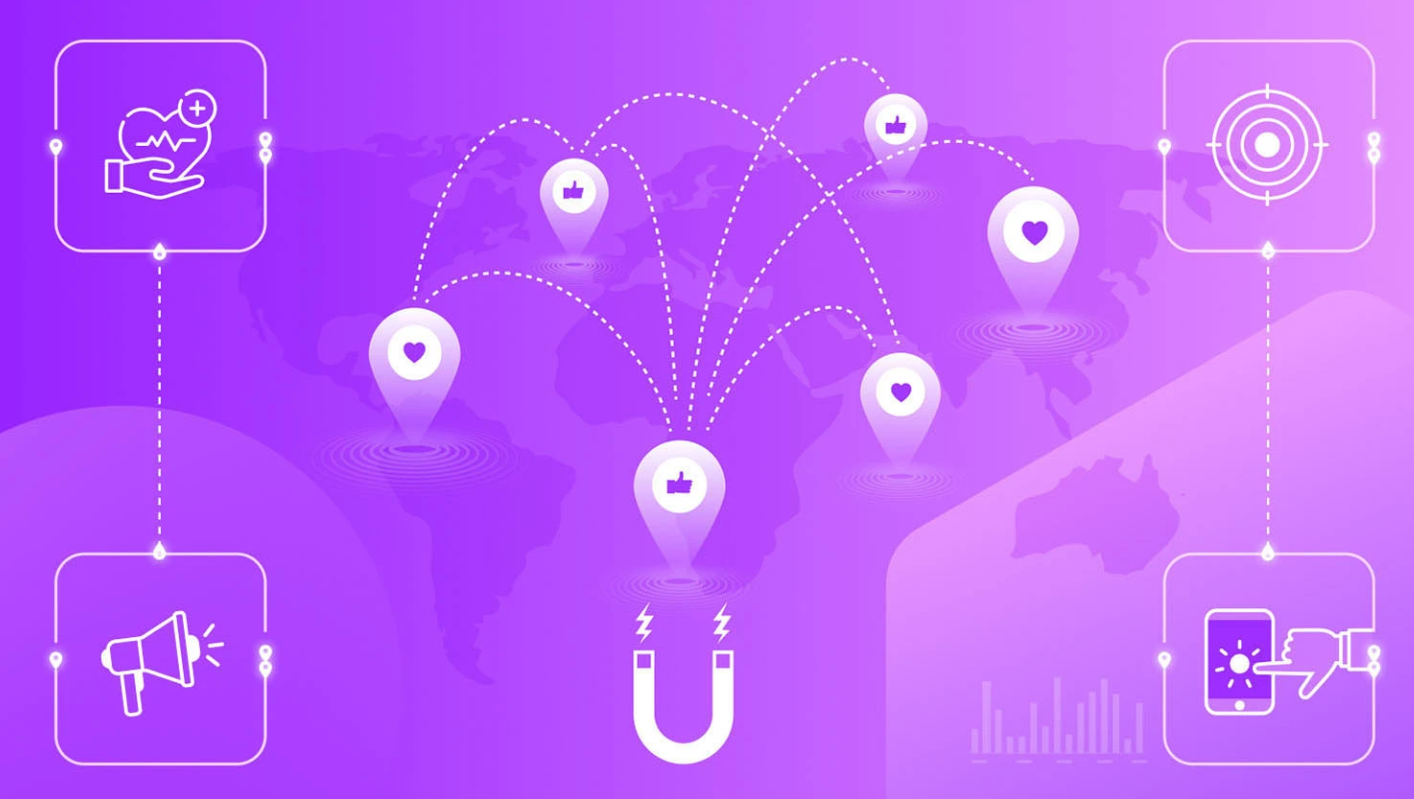Introduction: Precision Meets Technology
In the world of healthcare, accuracy isn’t optional it’s everything. Every clinical report, regulatory submission, or scientific manuscript must be factually correct, well-structured, and compliant with international standards.
That’s where Artificial Intelligence (AI) is transforming how a medical writing company operates. By minimizing human error and enhancing efficiency, AI tools are reshaping the way scientific and regulatory documents are created.
The Human Challenge: Why Errors Happen in Medical Writing
Even the most experienced medical writing agency can encounter challenges:
-
Data Overload: Thousands of data points in clinical trials or research papers.
-
Complex Terminology: Scientific jargon, abbreviations, and medical codes increase the risk of inconsistencies.
-
Time Pressure: Tight deadlines can lead to overlooked details.
-
Human Fatigue: Long review cycles can cause unintentional mistakes.
In regulated industries, even a minor error a misplaced decimal or incorrect dosage term can delay approvals or risk compliance.
AI to the Rescue: How Artificial Intelligence Enhances Accuracy
Modern medical writing company are integrating AI-driven tools across their workflows to detect, prevent, and correct human errors before documents reach clients or regulators.
1. AI-Powered Grammar and Consistency Checks
AI tools like Grammarly, PerfectIt, and Trinka are customized for scientific writing:
-
Identify terminology inconsistencies
-
Ensure uniform style across long documents
-
Detect plagiarism and ensure originality
-
Correct punctuation and formatting specific to regulatory style guides (e.g., ICH, CONSORT)
Result: Cleaner, more professional manuscripts that meet global publication standards.
2. Automated Data Validation and Cross-Referencing
AI algorithms can automatically cross-check:
-
Numerical data in tables, figures, and results
-
References cited in the document against databases like PubMed
-
Trial identifiers and drug names for consistency
This ensures data integrity and eliminates the risk of mismatched information something that traditional proofreading might miss.
Result: Enhanced trust and compliance in every regulatory document.
3. Natural Language Processing (NLP) for Clarity and Flow
NLP-based AI systems rewrite complex sentences into clear, readable scientific narratives without altering the meaning.
They detect:
-
Redundant language
-
Passive voice overuse
-
Long or ambiguous sentences
AI also adjusts the tone for specific audiences whether it’s a regulatory reviewer, healthcare professional, or patient.
Result: Documents that communicate complex data simply and effectively.
4. Machine Learning for Predictive Quality Review
A forward-thinking medical writing agency uses AI-driven quality systems that learn from previous projects.
These systems:
-
Flag common human errors seen in past submissions
-
Predict potential areas of non-compliance
-
Recommend corrective actions during the writing stage itself
Result: Continuous improvement and fewer rounds of manual review.
5. AI-Assisted Reference and Citation Management
AI tools automatically generate citations in AMA or Vancouver style, validate journal details, and identify missing bibliographic data.
This reduces manual effort and prevents citation inconsistencies.
Result: Accurate, traceable references that strengthen document credibility.
AI + Human Collaboration: The Perfect Balance
Despite the power of AI, human expertise remains irreplaceable. A medical writing company still relies on trained writers, editors, and reviewers to interpret data, craft insights, and ensure ethical integrity.
AI doesn’t replace writers it supports them.
| AI Strengths | Human Strengths |
|---|---|
| Data accuracy & validation | Scientific interpretation |
| Consistency & style checks | Critical reasoning |
| Time efficiency | Contextual understanding |
| Repetitive task automation | Creative storytelling |
Together, this synergy ensures error-free, compliant, and high-quality medical writing.
Benefits of AI Adoption in Medical Writing Outsourcing
When clients choose medical writing outsourcing to AI-empowered agencies, they gain:
-
Faster Turnaround: Automated reviews reduce delivery time by up to 40%.
-
Error Minimization: Real-time error detection and correction tools enhance precision.
-
Cost Efficiency: Reduced rework and fewer review cycles save resources.
-
Regulatory Confidence: Compliance tools align outputs with FDA, EMA, and ICH standards.
-
Scalability: AI systems handle high document volumes with consistent quality.
Clients get scientifically accurate, compliant, and publication-ready documents faster and more reliably.
Infographic Snapshot
How AI Reduces Errors in Medical Writing
-
Grammar & Terminology → Uniform and polished language
-
Data Validation → Accurate results and tables
-
NLP Clarity → Clear scientific communication
-
Predictive Quality → Fewer revisions
-
Automated References → Correct and complete citations
-
Human + AI Collaboration → Reliable, compliant outcomes
The Future of AI in Medical Writing Companies
AI will continue evolving from summarizing research papers using Generative AI to creating smart templates that automatically structure clinical reports.
Soon, AI-driven regulatory writing may streamline submissions, reducing the workload for medical writers while improving compliance and data traceability.
But human supervision will always be key. The best medical writing agencies will blend human intelligence with machine precision to deliver excellence at every stage.
Conclusion: From Error-Prone to Error-Free
AI is not replacing human medical writers it’s empowering them.
For every medical writing company or medical writing agency, integrating AI means fewer errors, faster results, and higher accuracy the foundation of trust in healthcare communication.
By adopting medical writing outsourcing models enhanced by AI, life sciences organizations can ensure every document they produce reflects both scientific integrity and technological innovation.
















